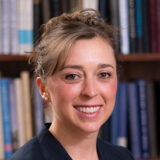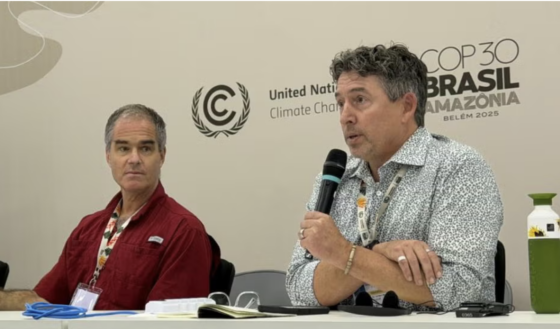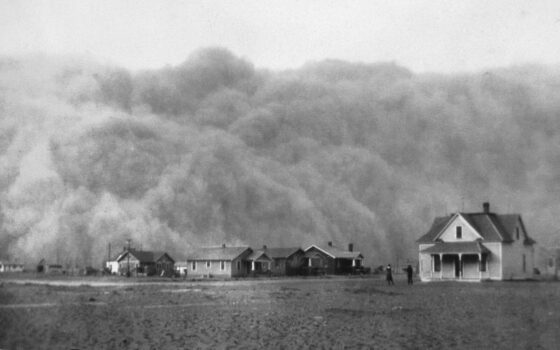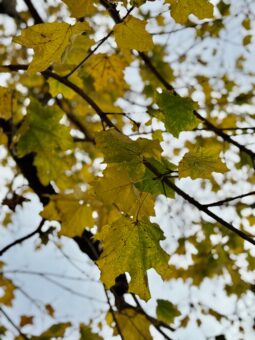 In this week’s show Beth speaks with science writer, educator, and scientist Dr. Lisa Gardiner about her recent book Reefs of Time: What Fossils Reveal about Coral Survival. Lisa studied the fossil remains of ancient coral reefs, which also suffered from environmental challenges. In our conversation, you’ll hear about how the past shapes the present, and future, of these amazing invertebrates that are keystones in ocean ecosystems. Her book describes the risks the current environment pose to these amazing organisms and the ecosystems they create, but also much much more of the significance and elegance of the corals and the reefs.
In this week’s show Beth speaks with science writer, educator, and scientist Dr. Lisa Gardiner about her recent book Reefs of Time: What Fossils Reveal about Coral Survival. Lisa studied the fossil remains of ancient coral reefs, which also suffered from environmental challenges. In our conversation, you’ll hear about how the past shapes the present, and future, of these amazing invertebrates that are keystones in ocean ecosystems. Her book describes the risks the current environment pose to these amazing organisms and the ecosystems they create, but also much much more of the significance and elegance of the corals and the reefs.
Executive Producer: Beth Bennett
Show Producer: Beth Bennett
Listen to the show:
Podcast: Play in new window | Download (Duration: 27:11 — 27.3MB)
Subscribe: RSS




 On today’s show, Beth speaks with award-winning science writer Jennifer Frazer about her
On today’s show, Beth speaks with award-winning science writer Jennifer Frazer about her 



 The physiology of deciduous trees (start time: 11:09) For many people living in places with four distinct seasons, such as here in Colorado, a favorite pastime at this midpoint in autumn is watching the faded leaves fall from their branches, and listening to the crackling sound while raking up the dried leaves. In this week’s How On Earth show, we explore questions like, Why do the leaves of aspen, ash and other deciduous trees “change” color in the fall? (Spoiler alert: They actually reveal their true colors.) Why do they shed their leaves every fall? And what happens to the naked trees in the winter? Host Susan Moran interviews Dr.
The physiology of deciduous trees (start time: 11:09) For many people living in places with four distinct seasons, such as here in Colorado, a favorite pastime at this midpoint in autumn is watching the faded leaves fall from their branches, and listening to the crackling sound while raking up the dried leaves. In this week’s How On Earth show, we explore questions like, Why do the leaves of aspen, ash and other deciduous trees “change” color in the fall? (Spoiler alert: They actually reveal their true colors.) Why do they shed their leaves every fall? And what happens to the naked trees in the winter? Host Susan Moran interviews Dr.  Five years ago, Beth spoke with
Five years ago, Beth spoke with  Into The Unknown (starts at 9:05) What do we know about the universe, and how do we
Into The Unknown (starts at 9:05) What do we know about the universe, and how do we